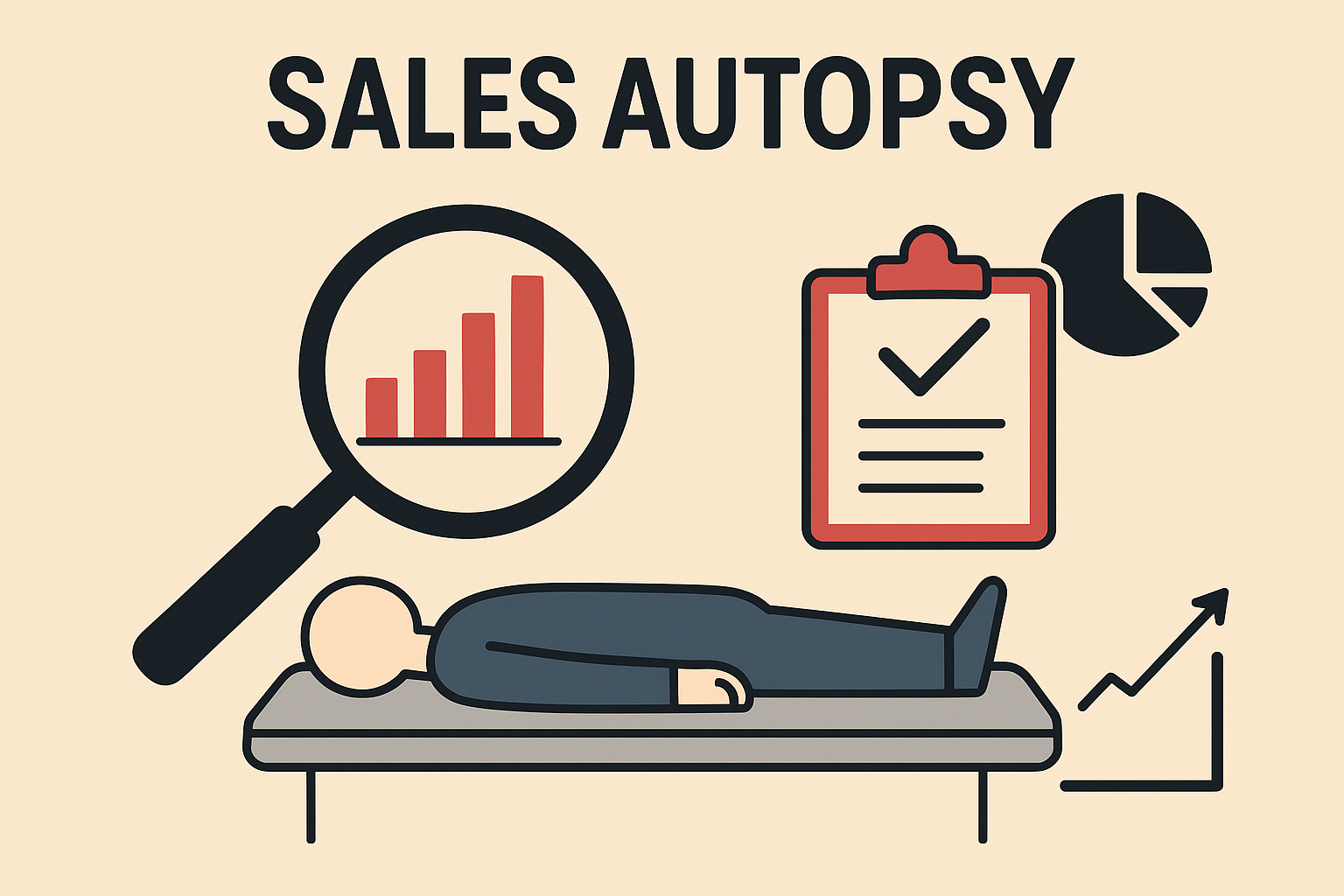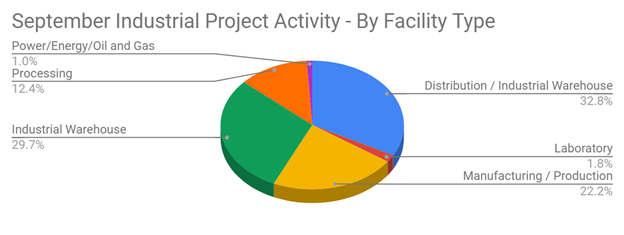
For a more effective sales and lead generation strategy, you should consider using competitive analysis. There's competition in all industries. Regardless of what products or services your B2B company sells, there are probably other B2B companies that sell similar products or services. Turning a blind eye to these competitors is a serious mistake. As their market presence expands, your B2B company's market presence will shrink. With competitive analysis, you can capture a larger piece of your B2B company's market while improving its sales and lead generation strategy.
What Is Competitive Analysis?
Competitive analysis is exactly what it sounds like: It's the process of evaluating the characteristics of other B2B companies that operate in the same market space as your B2B company. During competitive analysis, you'll need to identify your B2B company's competitors as well as their products or services, sales techniques, pricing, target markets, strengths and weaknesses and more.
How Competitive Analysis Can Boost Sales and Leads
You can use competitive analysis to generate more sales and leads. The primary goal of competitive analysis is to gain a better understanding of how well -- or how poorly -- your B2B company's competitors are performing. You can then compare their performance to that of your B2B company's performance.
Some competitors may outperform your B2B company in various verticals. A competitor, for instance, may offer lower prices, or a competitor may have a stronger social media marketing strategy. Competitive analysis will reveal these strengths. You can then focus on improving your own B2B company in these verticals so that it captures more sales and leads from the high-performing competitors.
Your B2B company's competitors may have weaknesses as well. Most businesses, whether B2C or B2B, have both strengths and weaknesses. And like with strengths, you can capitalize on competitors' weaknesses. If a competitor is weak in a particular vertical, you can highlight that aspect of your B2B company. it will help your B2B company generate more sales and leads.
Step #1) Identify Competitors
The first step to competitive analysis is to identify your B2B company's competitors. If your B2B company operates locally, you may already know some of its top competitors. There's less competition for local B2B companies than online or global B2B companies, thus making it easy to identify competitors.
Whether your B2B company operates locally, globally or online, there are several ways you can identify its competitors. Researching your B2B company's industry, for instance, will likely reveal its competitors. Conduct research to identify other B2B companies that offer similar products or services, and focus on B2B companies that operate in the same market. You can also identify competitors by talking to prospects and buyers. Inquire about what products or services they are currently using -- or what products or services they've used in the past -- to identify competitors.
Step #2) Collect Data
Now it's time to collect data on your B2B company's competitors. Data is the foundation of an effective competitive analysis process. You can't analyze your B2B company's competitors without collecting data on them.
You can learn about your B2B company's competitors by visiting their websites. During these visits, look for a sales page with their products or services. Some B2B companies may list their prices on a sales page. You can gather this data for use in competitive analysis.
Industry reports can provide data on your B2B company's competitors. You can find third-party reports related to your B2B company's industry. When viewing these reports, look for information about your B2B company's competitors, which you can use during the analysis.
Step #3) Conduct a SWOT Analysis
After identifying your B2B company's competitors and collecting data on them, you should conduct a SWOT analysis. An acronym for "strengths, weaknesses, opportunities and threats," it serves as the blueprint for an effective analysis.
A SWOT analysis revolves around four key characteristics. Strengths are internal factors that give a B2B company a competitive advantage in its market. Examples of strengths include a strong brand reputation, a skilled workforce, a unique product or service or low prices. Weaknesses are internal factors that place a B2B company at a disadvantage in its market. Common types of weaknesses from which B2B companies suffer include lack of resources, outdated technology, an unmotivated workforce and lack of capital.
Opportunities are external factors that provide potential growth opportunities for a B2B company. Examples of opportunities include new market segments, changes in laws and regulations or new and emerging technologies. Finally, threats are external factors that pose potential risks to a B2B company. Examples of threats include economic downturns, changes in buyer preferences or new competitors in the market. Go through the list of competitors while conducting a SWOT analysis for each of them.
Step #4) Optimize Your B2B Company's Sales and Lead Generation Strategy
Conducting a SWOT analysis will allow you to optimize your own B2B company's sales and lead generation strategy. The general idea is to use these characteristics to your B2B company's advantage. If a competitor is stronger than your B2B company in a particular vertical, you should focus on improving that aspect of your B2B company. if a competitor is weaker than your B2B company n a particular vertical, you should highlight that aspect of your B2B company.
Sales and leads are performance metrics in the B2B industry. The more sales and leads your B2B company generates, the better it will perform. Even if you already have a sales and lead generation strategy, though, there are probably ways to improve it. You can tap into data on your B2B company's competitors to improve its sales and lead generation strategy. As long as long you know their strengths, weaknesses, opportunities and threats, you'll be able to optimize your B2B company's sales and lead generation strategy for greater success.
You should continue to monitor your B2B company's competitors and adjust your sales and marketing strategy as needed. Competitors can change, and by regularly analyzing them, you can achieve and maintain a competitive advantage over them.
What to learn more? Get in Touch





